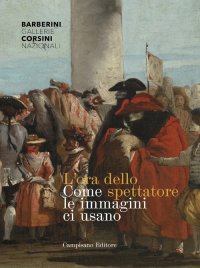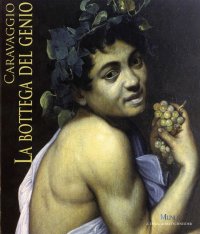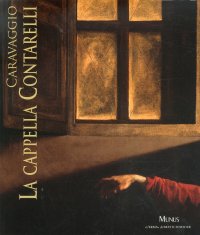Michelangelo. Grafia e biografia. Disegni e autografi del maestro
Catania, Le Ciminiere, 29 aprile - 27 giugno.
Firenze, 2004; paperback, pp. 120, b/w and col. ill., cm 24,5x29.
ISBN: 88-7461-055-6
- EAN13: 9788874610556
Subject: Anastatic Reprint, Letters,Essays (Art or Architecture),Graphic Arts (Prints, Drawings, Engravings, Miniatures),Monographs (Painting and Drawing),Monographs (Sculpture and Decorative Arts),Painting,Sculpture
Period: 1400-1800 (XV-XVIII) Renaissance
Languages: 
Weight: 0.65 kg
By examining Michelangelo's writings and drawings, this exhibition aims at following his long life; he was born in Caprese, in the countryside around Arezzo, in 1475, and died in Rome in 1564. The survey is made possible thanks to some of the artist's descendants who, faithful to the memory of their great ancestor, have gathered together and kept works and documents connected to Michelangelo in their Florentine family home, Casa Buonarroti in Via Ghibellina. In spite of the various ups and downs that their home has suffered over the centuries, it is here that the core of the richest work relating to Michelangelo can be found. It is so varied and chronologically complete that just by using this source it is possible to create a biographical portrait like the one in the exhibition. Starting with the early letters and poetry and ending with the last letters written by the artist, by then almost ninety years old, to his favourite grandson Leonardo, the exhibition focuses on two important phases in Michelangelo's life: the Florentine period of his mature life, with his frequent trips to Rome and also to Carrara and Pietrasanta to look for marble, and the later move to Rome where he will become the architect of the building of St.Peter's. Letters and drawings from the Florentine period record Michelangelo's intense activity, in particular as regards two important jobs: the tomb of Julius II, that by the express desire of the same Pope was to have been placed in St.Peter's in Rome but was never finished; and the problematic task of building San Lorenzo in Florence, from the plan for the facade of the basilica that was never finished, to the completed models for the New Sacrestry and the Laurentian Library. Among other things, the Roman period records Michelangelo's warm friendship with the young Roman patrician Tommaso Cavalieri and with Vittoria Colonna. In this context, one of Michlangelo's most important drawings stands out in the exhibition: the drawing of Cleopatra, that was given to Tommaso Cavalieri in the mid 1630's. The moving series of Michelangelo's original drawings is displayed in the exhibition together with a selection of paintings, miniatures, bronzes, medallions, engravings and books that record the artist's life very effectively. Along the same lines, the exhibition displays highly finished sketches, such as the drawings chosen with the biographical project in mind, either figure drawings, architectural designs, or those coming straight from the building sites and quarries, suc as the famous blocks of marble sketched on to help the stonemasons. The exhibition, therefore, is made up of works belonging to Casa Buonarroti; in addition to these are two valuable works: a silver plated processional Cross, a very important new work, from the church of Santa Maria della Neve in Vallecupola (Rimini), where recent research has brought to light a masterpiece by Jacopo Del Duca, the Sicilian sculptor and architect who worked alongside Michelangelo in Rome in the workshop of the Tomb of Pope Julius II in San Pietro in Vincoli. The presence on the cross of a Cardinal's coat of arms, recently identified as being that of Ranuccio Farnese, means the work was commissioned by the Farnese family.












